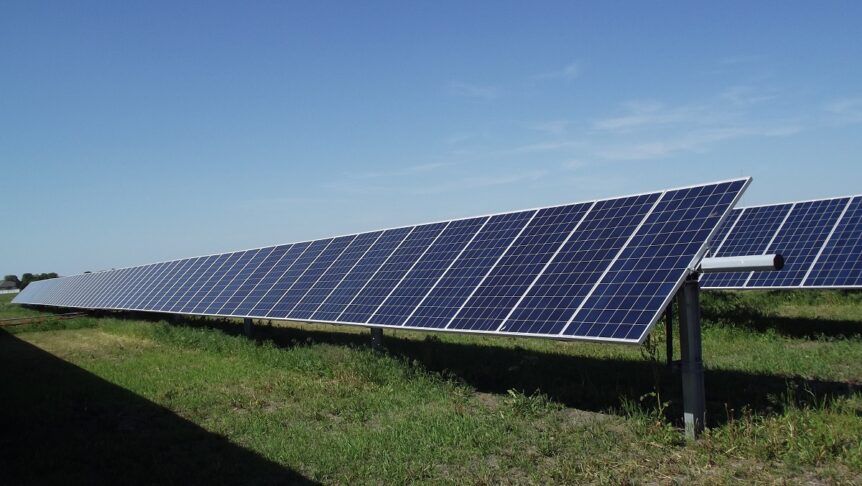Ironically, the state’s overload of renewable energy (and a decrease in solar panel installations) is now dampening its chances of achieving 100% clean energy by 2045.
Most Rooftop Solar Panels in the US
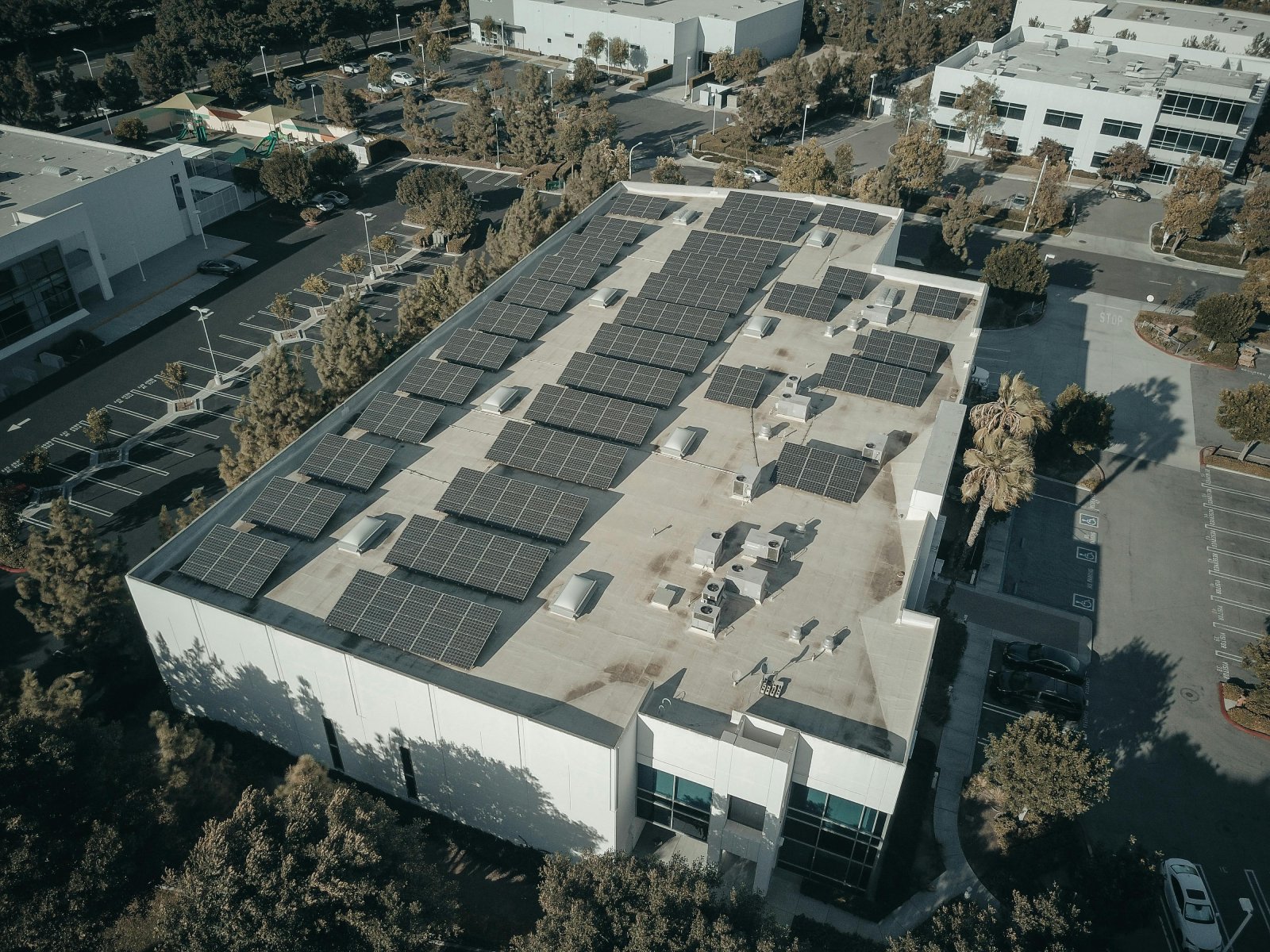
Image Credit: Pexels / Kindel Media
California is the king of rooftop installations, with the state boasting over 1.8 million houses, businesses, and other locations having solar panels – all part of its clean energy vision.
However, this has turned out to be a double-edged sword, as there are times when the state is generating more solar energy than it can handle.
The What Curve?
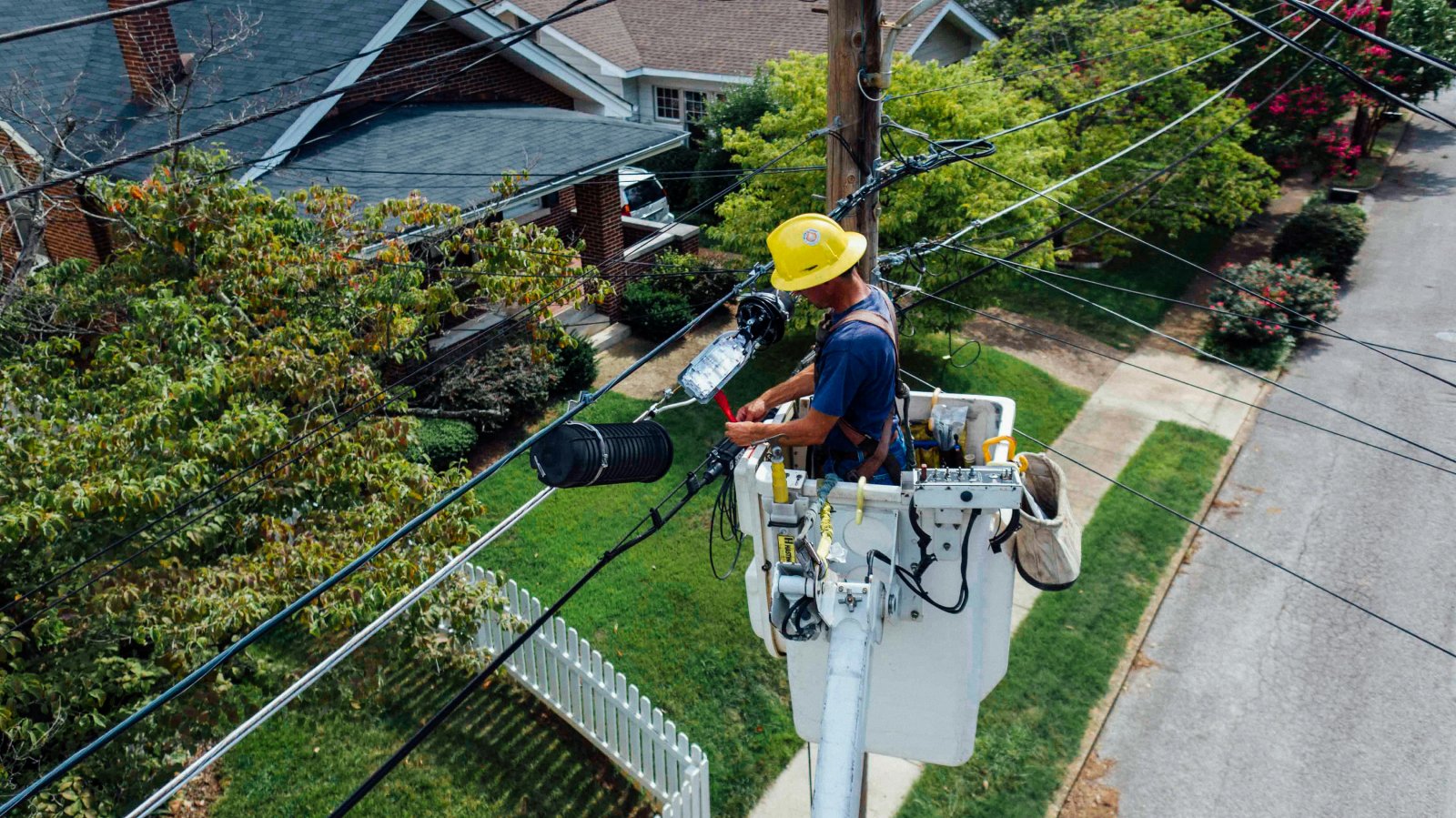
Image Credit: Pexels / Kelly
This phenomenon has resulted in what is called the “duck curve”.
With so much solar energy going around, grid operators at the California Independent System Operator (CAISO) have observed a drop in energy usage during the middle of the day when solar generation is usually at its highest.
Based on Demand

Image Credit: Shutterstock / fizkes
A graph for a typical day will show a pattern created by the midday dip in the net load (the remaining demand after deducting renewable generation), followed by a sharp rise in the evenings when solar usage tapers off.
This shape resembles a duck’s outline, hence the name, with the duck’s “belly” showing the time of day when solar production is higher than the demand.
Adding More Panels
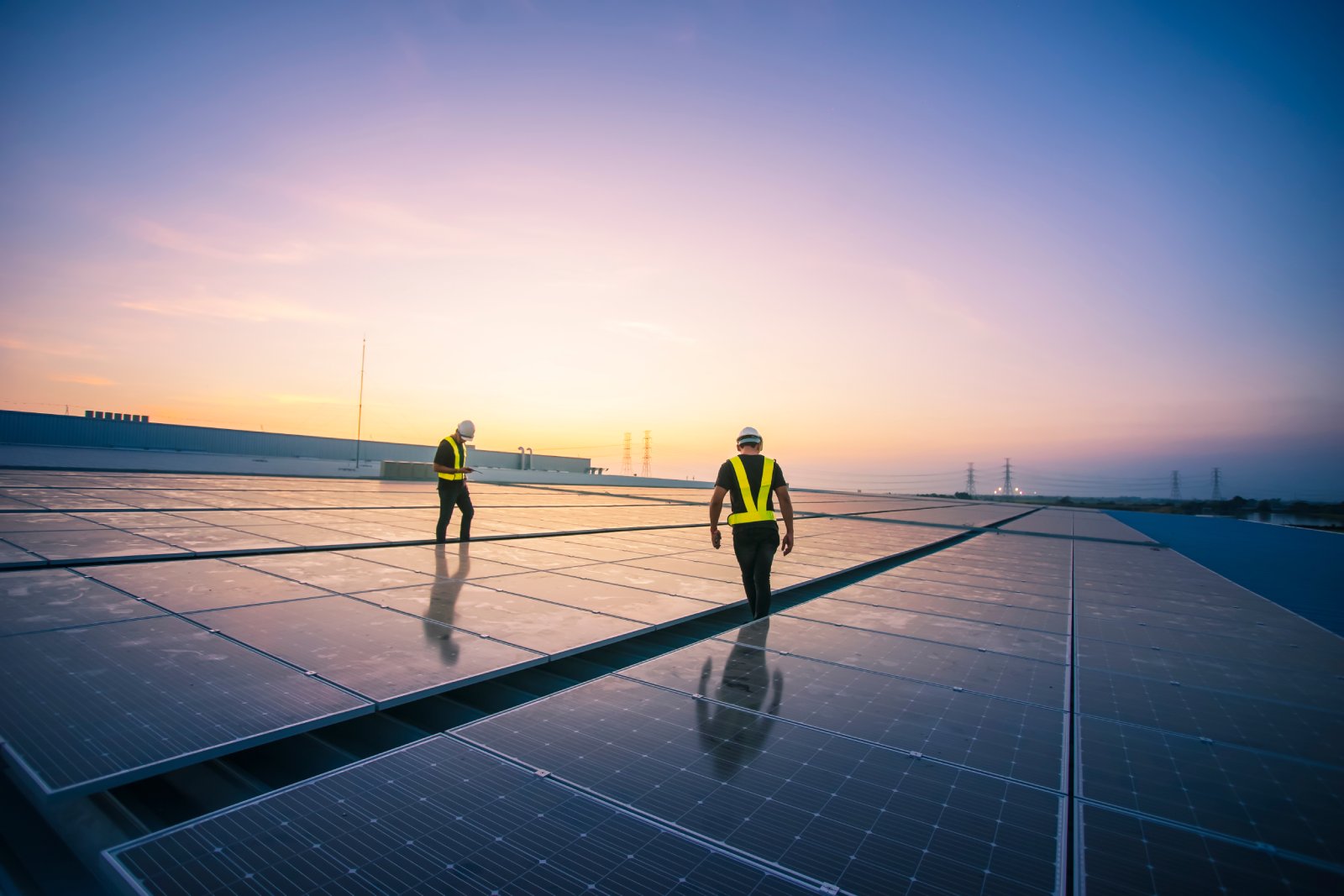
Image Credit: Shutterstock / ME Image
And as more solar panels are being installed in the Golden State, that midday dip keeps getting lower, which poses a challenge for grid operators who are constantly balancing power generation with -demand in a region.
Too Much

Image Credit: Shutterstock / Gorodenkoff
Not only is the duck curve becoming more frequent in other parts of the US and the world, but it has become visible at the country’s national level, too.
When’s It Up, When’s It Down?
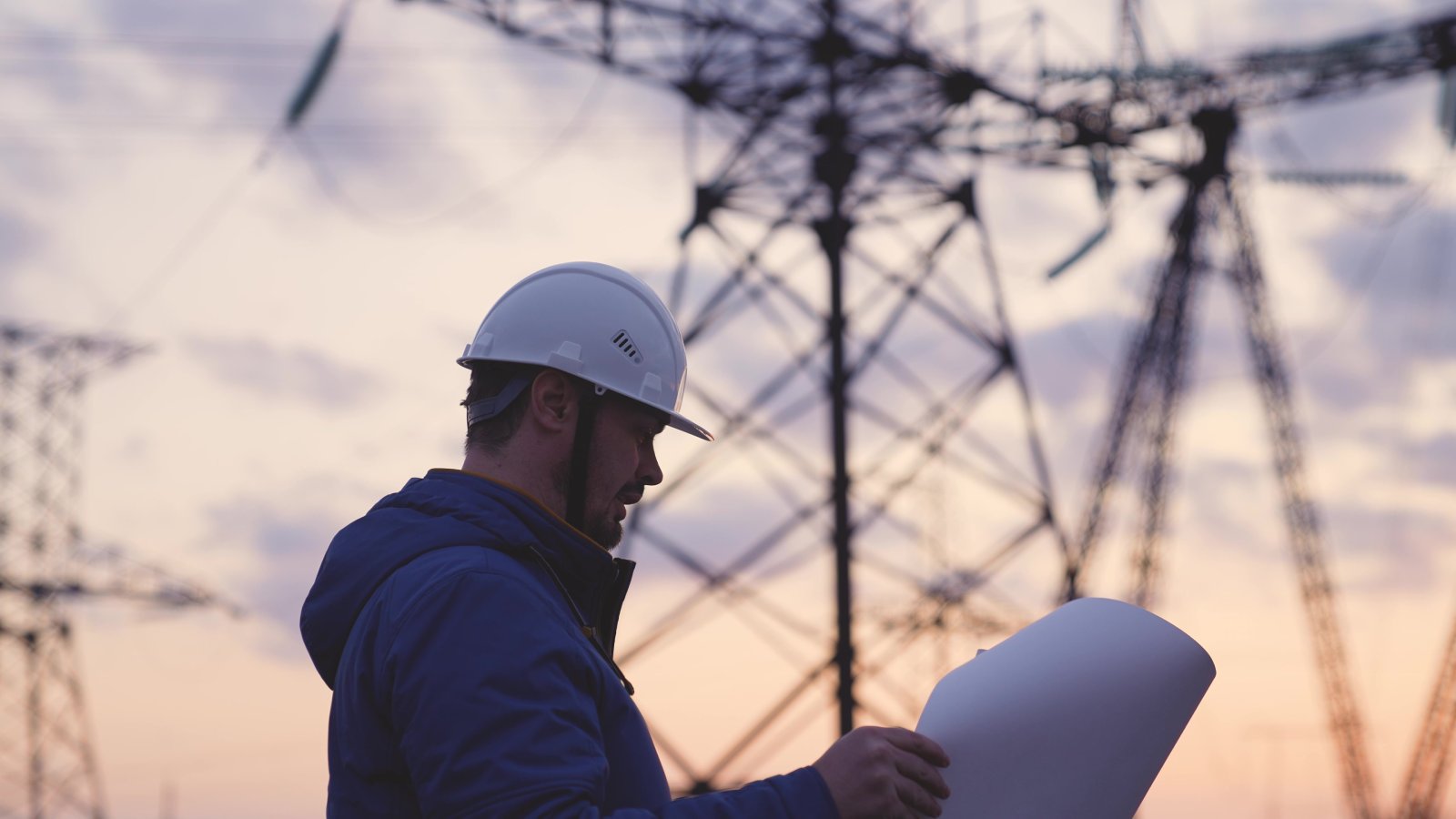
Image Credit: Shutterstock / Valery Zotev
Electricity demand is usually lowest overnight, then starts ramping up in the mornings. While it stays elevated throughout the day, it again rises a bit in the evening as people return home from work before dropping off late in the evening.
Excess Energy

Image Credit: Shutterstock / Juice Flair
According to Elliot Mainzer, the CEO of California’s Independent System Operator (which manages 80% of California’s electricity flow): “We get into certain times of the year, in the springtime particularly, when the demand for electricity isn’t that high yet, and we have quite a bit of solar production where, under certain conditions, we actually have more than California can actually use”.
Too Much Left…
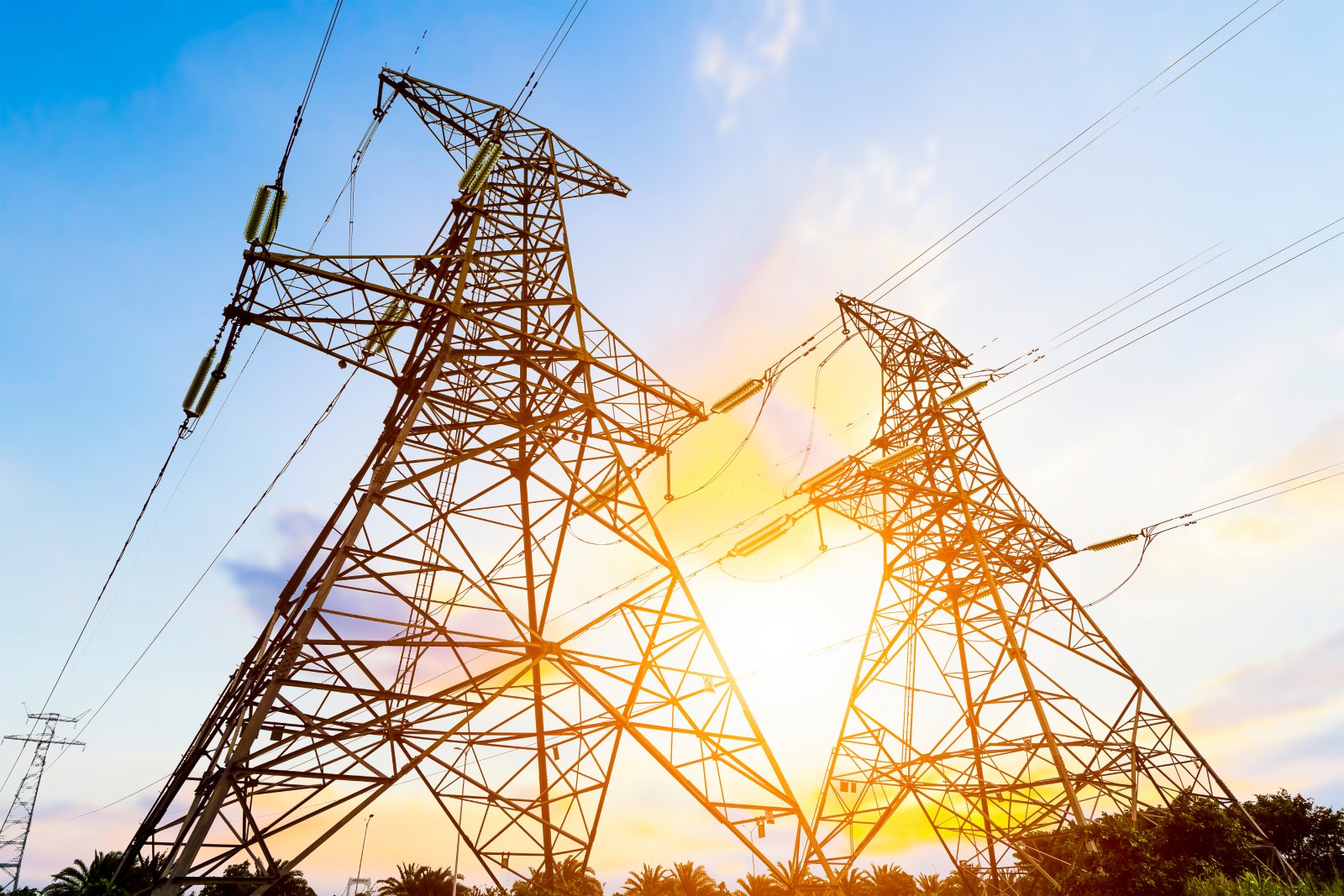
Image Credit: Shutterstock / Wang An Qi
Mainzer continues: “Under those conditions, we take advantage of the significant amount of transmission connectivity that we have to other parts of the West, and we export a lot of that energy for other utilities around the Western United States”.
He added: “And under certain extreme conditions, we actually have to curtail it and turn it off”.
… and Too Much Wasted

Image Credit: Shutterstock / narai chal
As per Independent System Operator data, the amount of renewable energy that is curtailed, or wasted, has increased significantly in recent years due to both oversupply and so-called congestion (when there’s more power than the transmission lines can handle).
Powering a Whole City
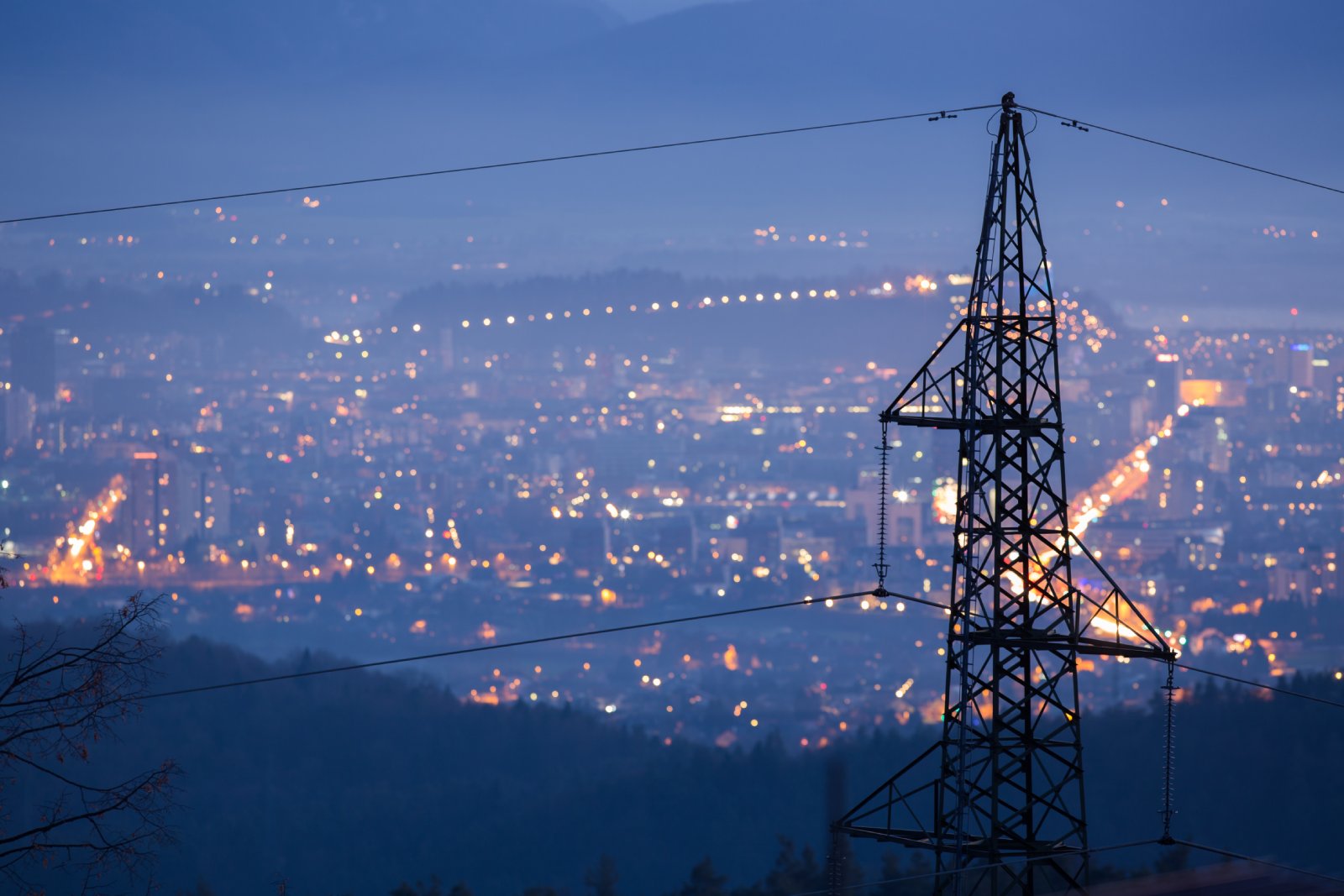
Image Credit: Shutterstock / urbans
In fact, this year, California has lost nearly 2.6 million megawatt-hours of renewable energy – with most being solar – which is enough to power every home in San Francisco for a full year.
Trying Transmission Lines
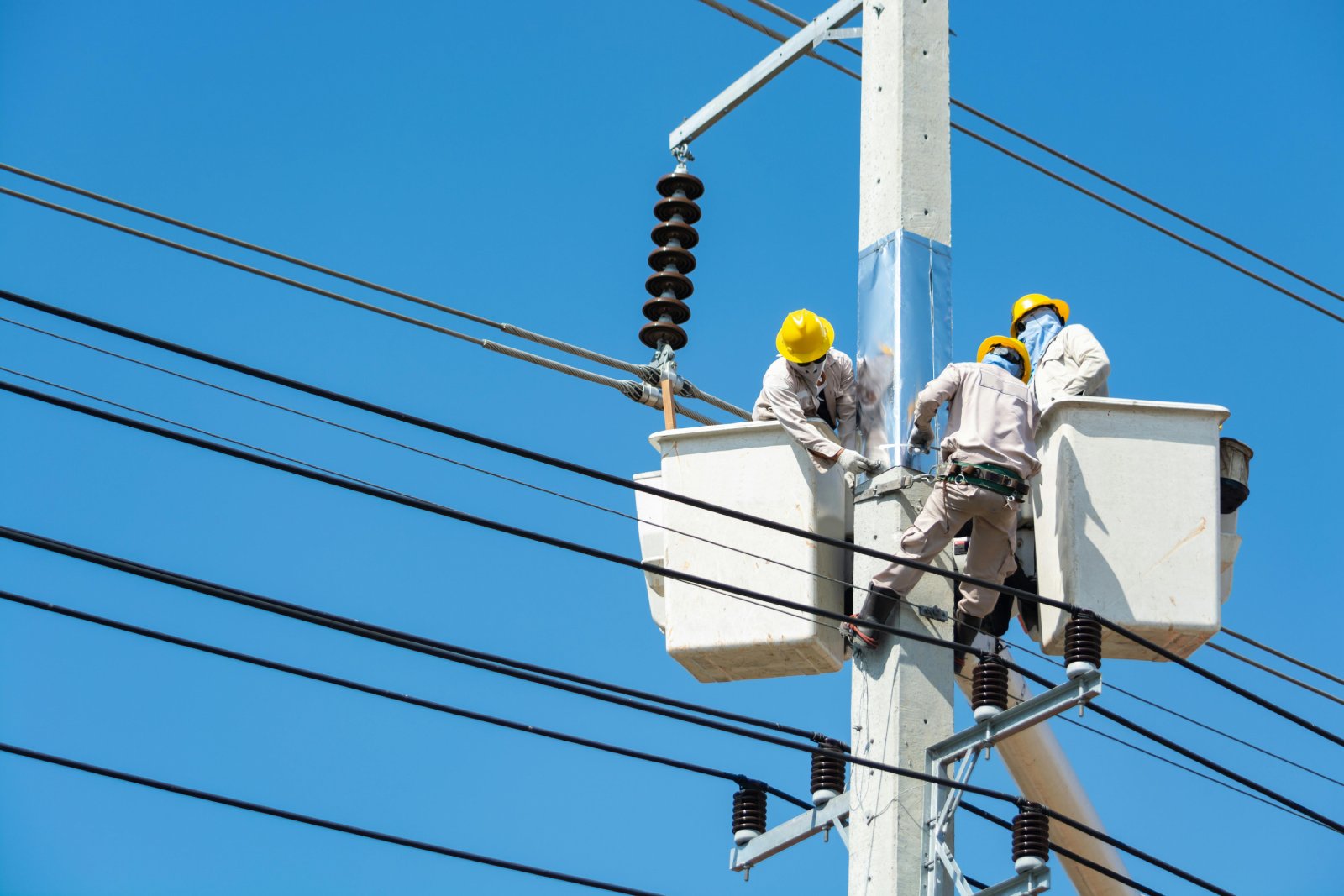
Image Credit: Pexels / Thampapon Otavorn
Adding transmission lines, according to Mainzer, would help boost the power flow across the state, which is why he’s advocating for permitting reform to make that possible.
It’s Necessary

Image Credit: Shutterstock / aerogondo2
He stated: “When you build a new solar project or you build a new battery or a new wind project or a new geothermal resource, if you don’t have transmission lines available to access that and deliver it to customers, that generation is basically an island. It’s stranded”.
An Easy, but Costly Fix
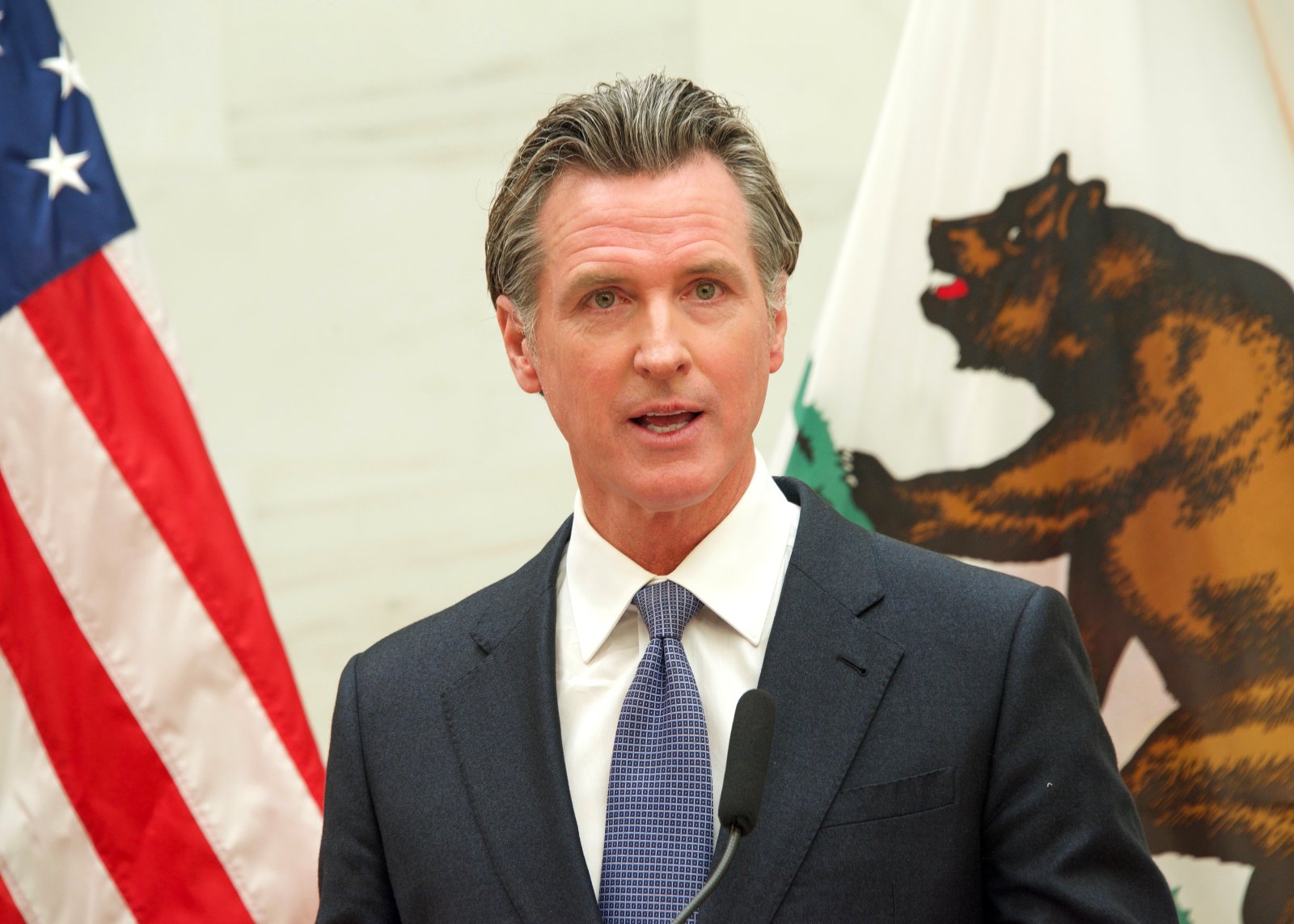
Image Credit: Shutterstock / Sheila Fitzgerald
California Governor Gavin Newsom has also been pushing for more batteries to store excess energy that could be used during high-demand times.
However, that comes at a high cost for homeowners, who will need to pay an additional $10,000 – $20,000 or more for adding batteries to solar panels.
Cutting Incentives

Image Credit: Shutterstock / Freedomz
Meanwhile, state regulators with the California Public Utilities Commission have come up with a more controversial option: radically slashing financial incentives for homeowners who want to install solar.
Bad for Business

Image Credit: Shutterstock / sirtravelalot
This has angered many in the rooftop solar industry, including Ed Murray, the California Solar and Storage Association president, who operates Aztec Solar outside Sacramento.
According to Murray, these changes have badly hurt his business, as he already had to lay off 10 workers over the last year.
Leading by Example?
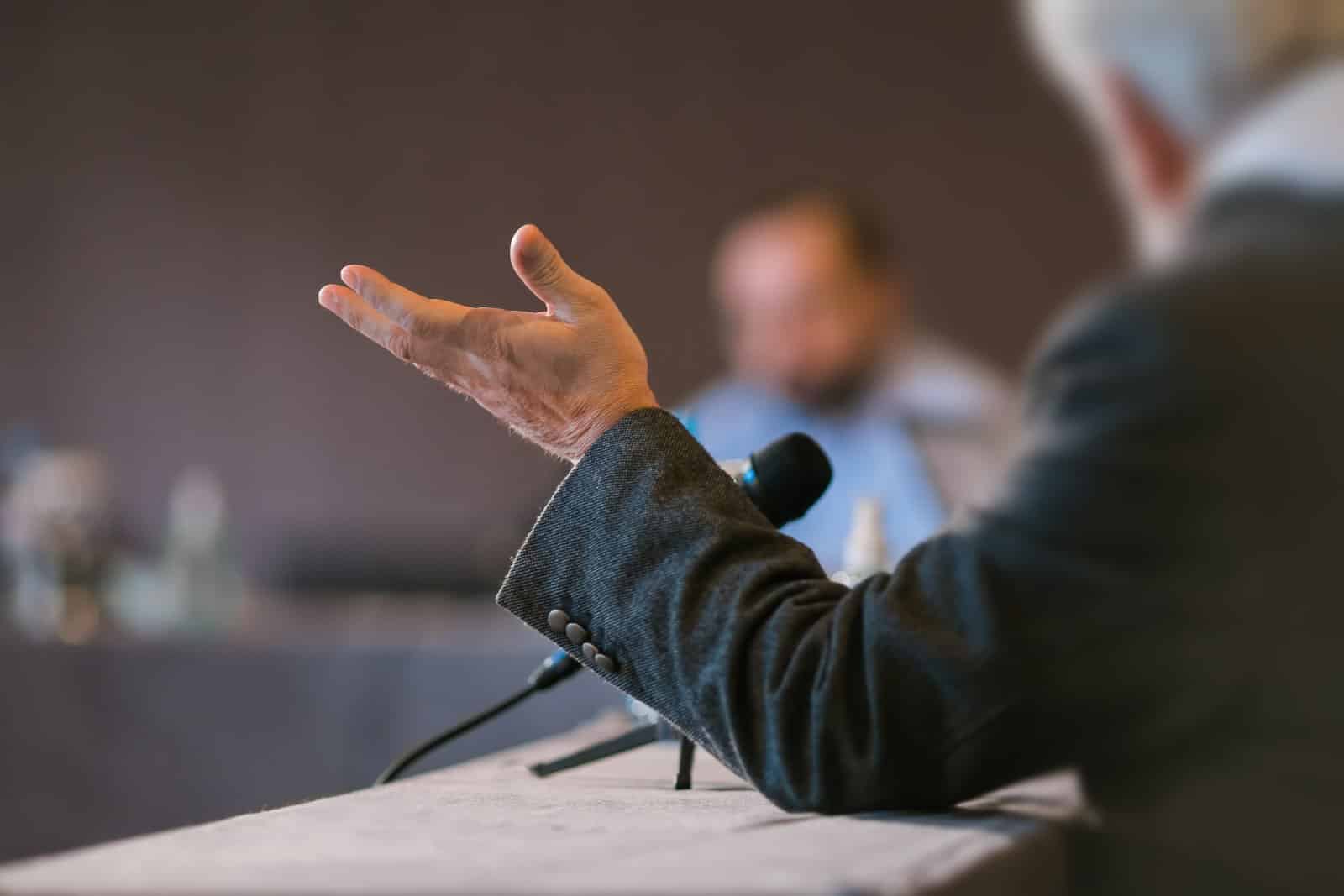
Image Credit: Shutterstock / aerogondo2
Murray believes that other states may follow in California’s footsteps: “I’m hearing from Florida, Arizona, Minnesota, Massachusetts that they’re looking at copying the rules, that they’re going to change the rules of the game,” he said.
“They’re upset because it’s going to hurt across the board.”
Might Miss the Mark

Image Credit: Shutterstock / Alfa Photostudio
This has obstructed California’s mission of achieving 100% clean energy by 2045 – a goal that, according to Murray, won’t happen.
“No way we’re going to get there without rooftop solar,” Murray said. “Electric vehicles, heat pumps, electric range tops — this is not going to happen without solar.”
Fewer Buying Solar
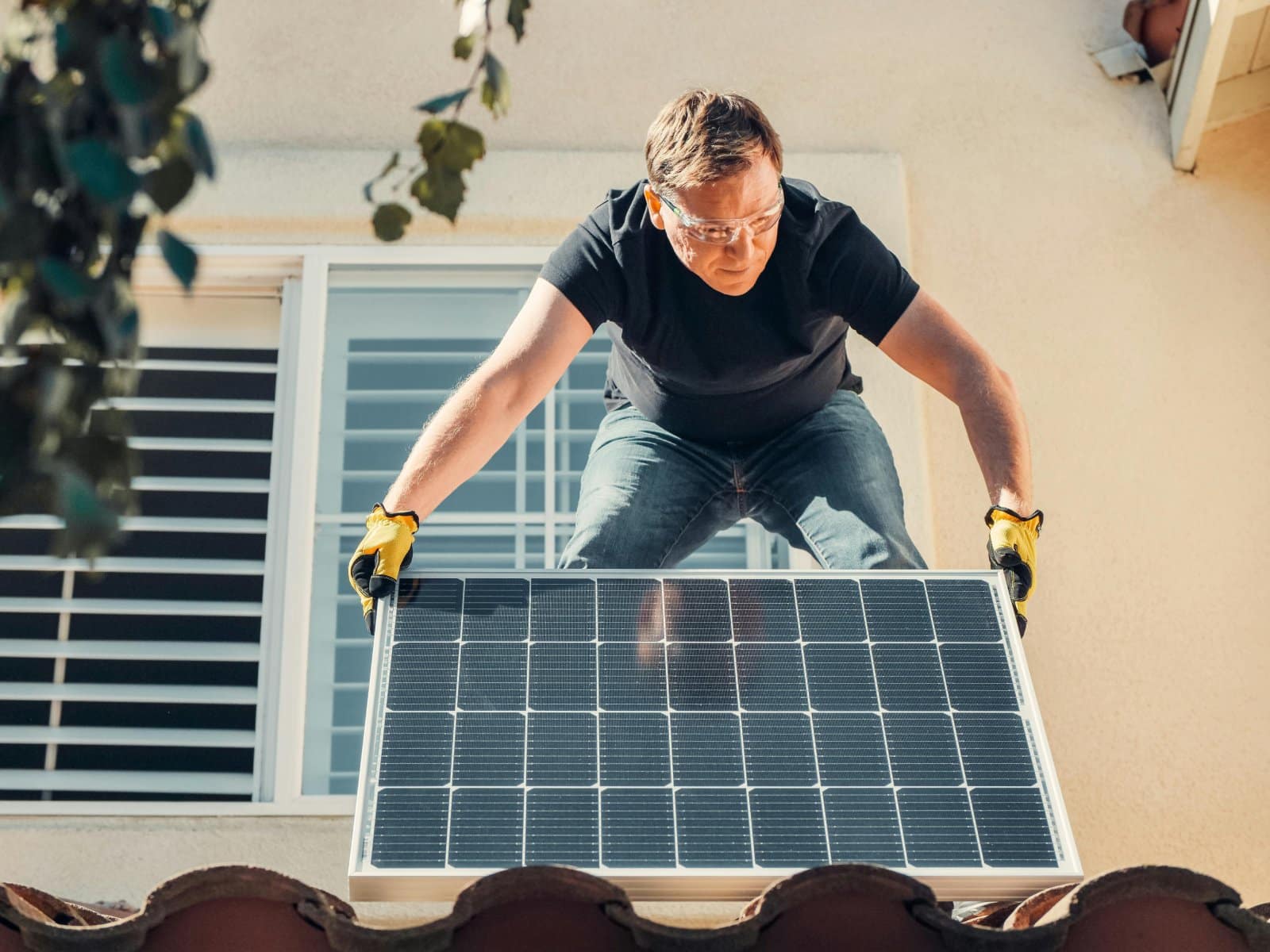
Image Credit: Pexels / Kindel Media
Figures presented by the California Solar and Storage Association suggest that solar installations have plummeted by 66% during 2024’s first quarter compared to the same period in 2022.
Costing Jobs?
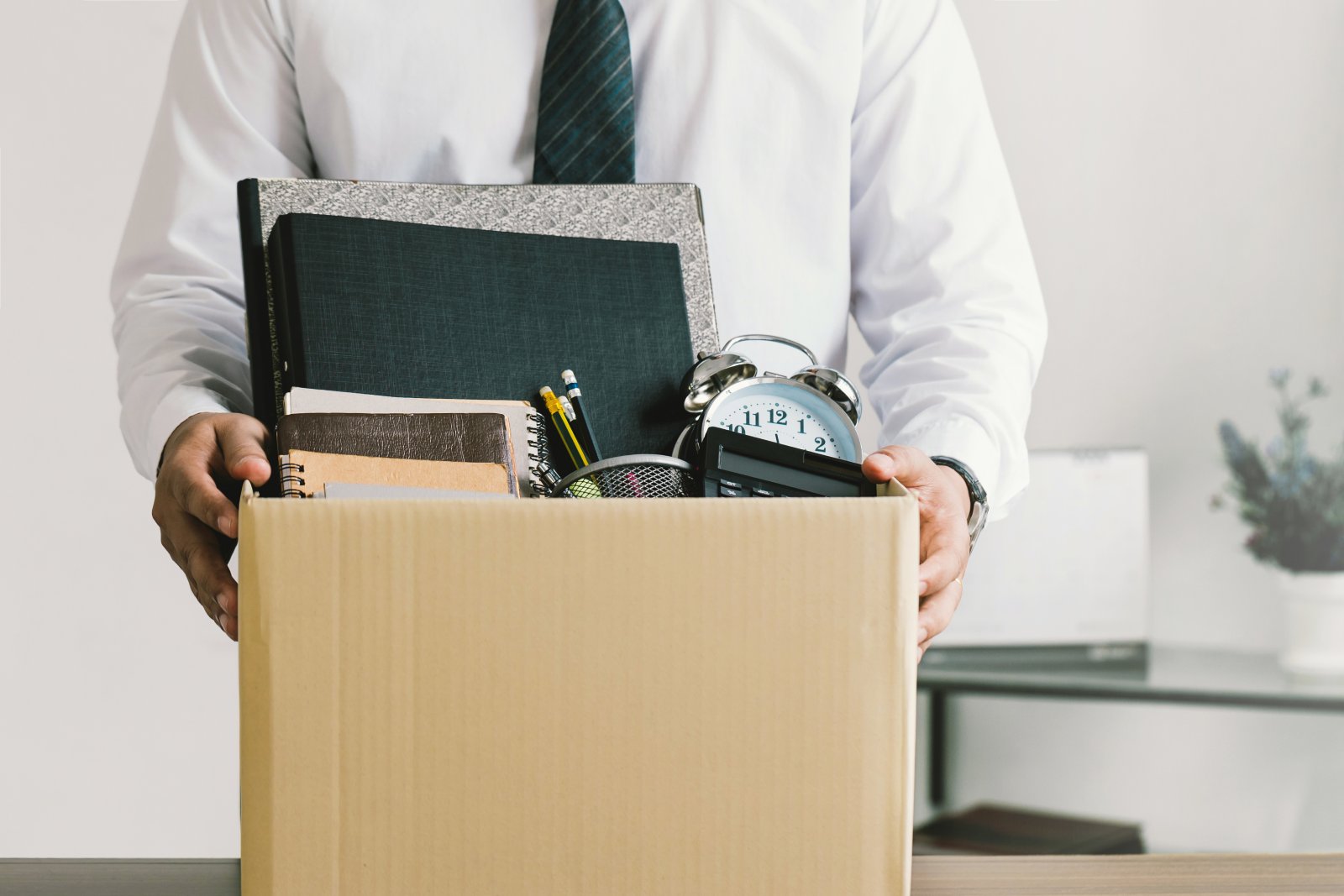
Image Credit: Shutterstock / chayanuphol
The trade group also states that about 17,000 green jobs have evaporated statewide since California altered the incentive structure, called net metering.
No, It’s Good
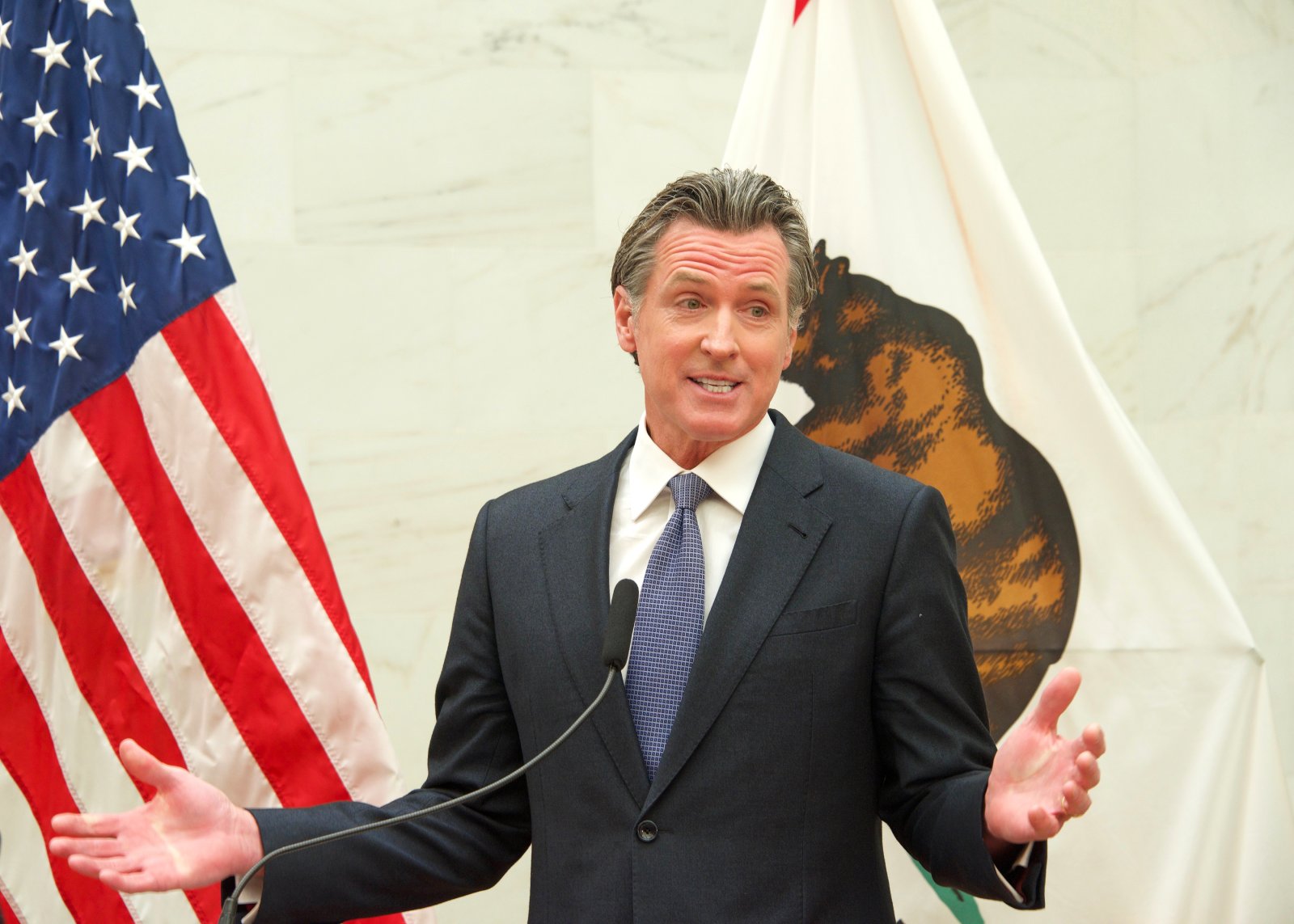
Image Credit: Shutterstock / Sheila Fitzgerald
Newsom, however, has defended the state’s policies by claiming that, for this year, California has already seen nearly 100 days of clean energy exceeding 100% of demand for certain parts of the day.
More Power To/for Us
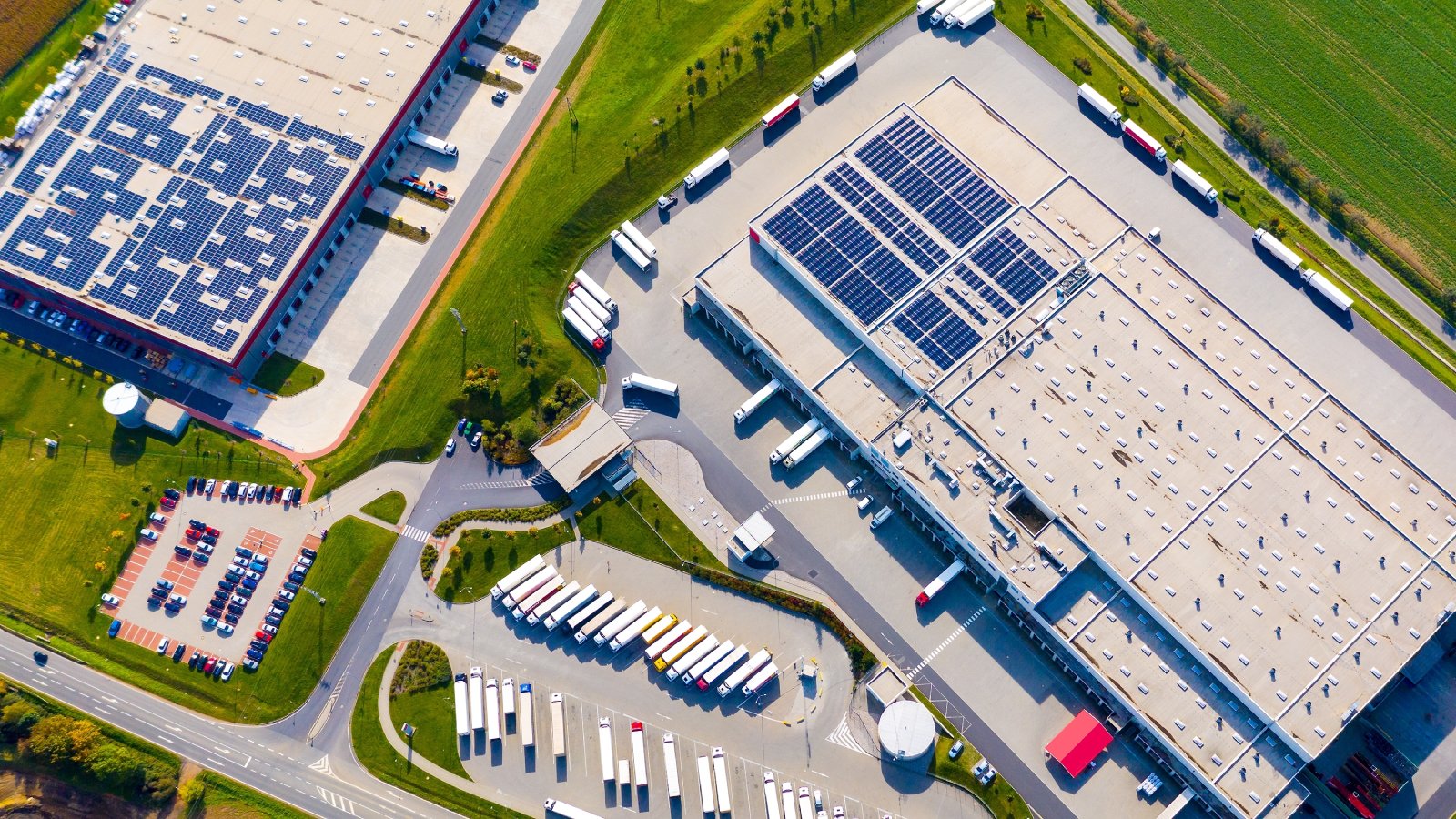
Image Credit: Shutterstock / Kletr
“No other state in America comes close to California’s solar production,” Newsom said. “We’re generating nearly twentyfold the amount of solar as we were a decade ago, powering millions of homes with clean energy. And now we’re adding more batteries faster than ever to help capture that energy to use at night”.
DeSantis in More Hot Water as Florida Floods, Again
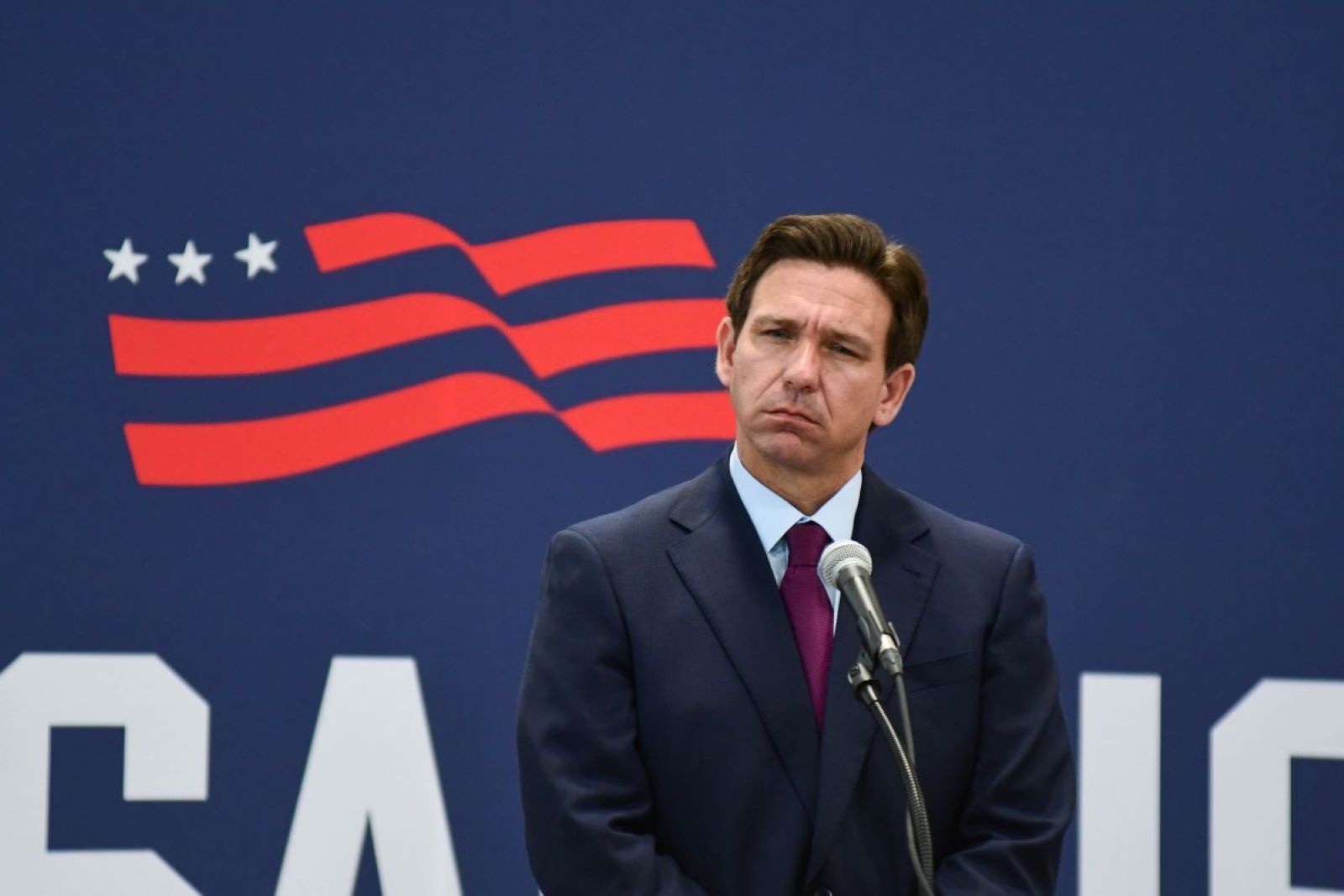
Image Credit: Shutterstock / Andrew Cline
Florida residents are struggling this hurricane season, and many are pointing the finger at a certain Governor. DeSantis in More Hot Water as Florida Floods, Again
J.C. Penney’s Closures Signal the End of an Era in Retail
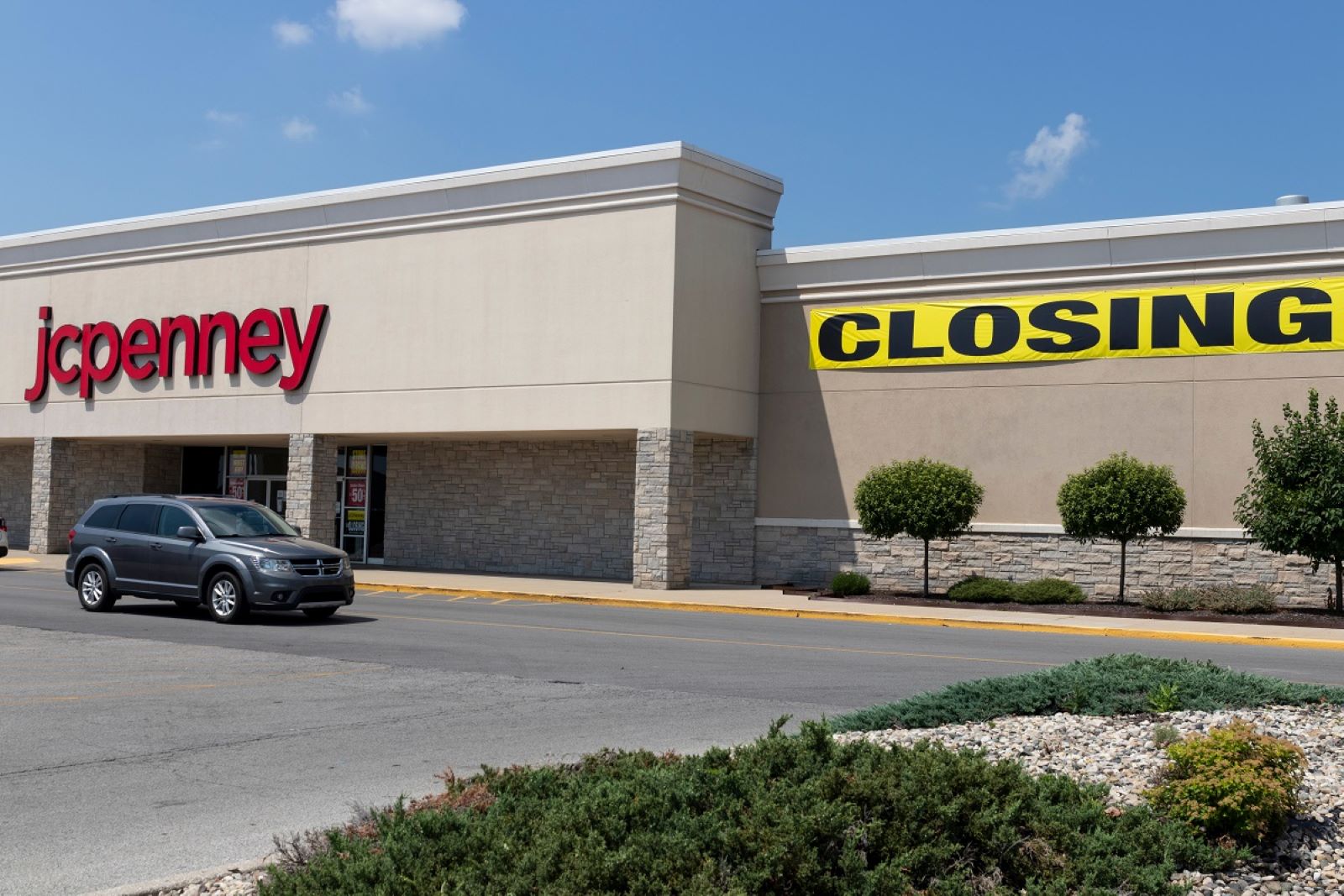
Image Credit: Shutterstock / Jonathan Weiss
Popular department store, J.C. Penney, has announced the closure of multiple stores across the country. This announcement reflects changes in the retail industry as online shopping becomes more popular. But how will these changes affect consumers and the future of in-store shopping? J.C. Penney’s Closures Signal the End of an Era in Retail
Michigan’s Governor Whitmer Lays Down the Law for HOAs

Image Credit: Shutterstock / Gints Ivuskans
Gretchen Whitmer has just taken on HOAs across Michigan. Who won? Michigan’s Governor Whitmer Lays Down the Law for HOAs
Featured Image Credit: Shutterstock / Daniel Grothe.
The images used are for illustrative purposes only and may not represent the actual people or places mentioned in the article.

